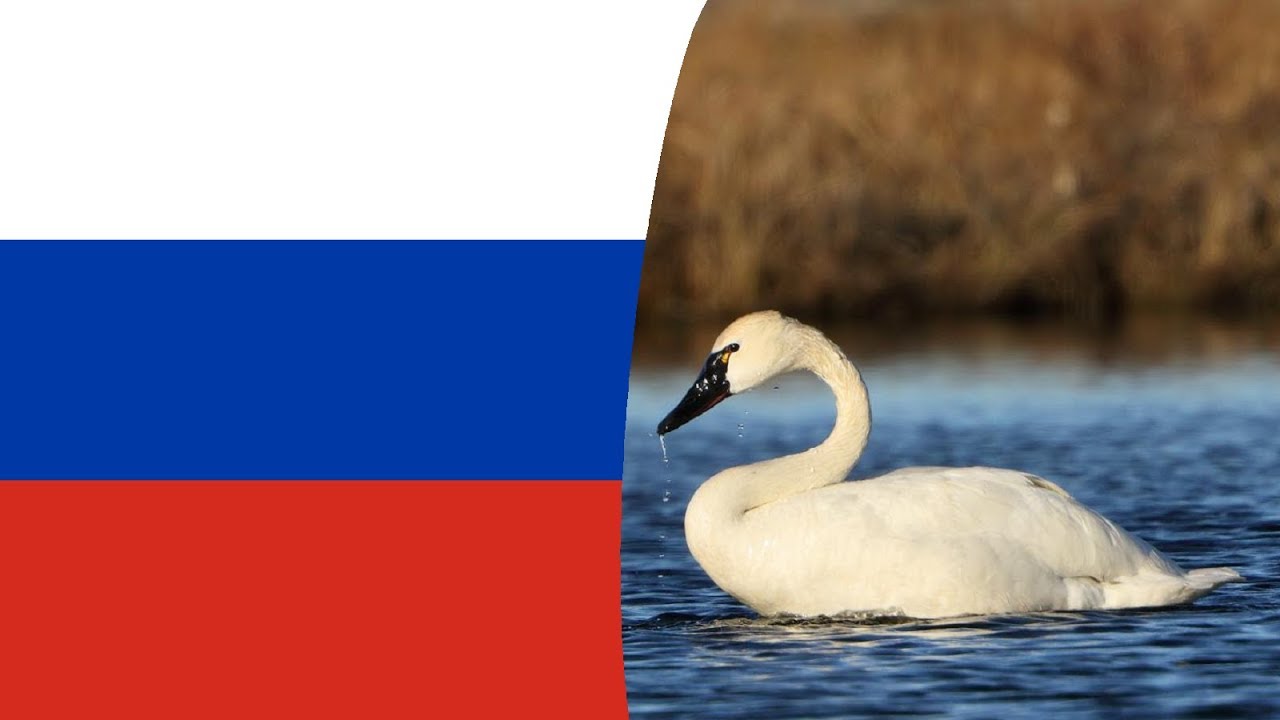Among Russia’s hundreds of native bird species, the Siberian Grouse is found nowhere else on earth.
Other than Siberian Grouse, Pere David’s Snowfinch, Pacific Loon,
Eurasian Skylark, Middle Spotted Woodpecker, Siberian Nuthatch, Watercock, Bohemian Waxwing, Ward’s Trogon Great Shearwater Other other Russian Native Bird Species
Siberian Grouse
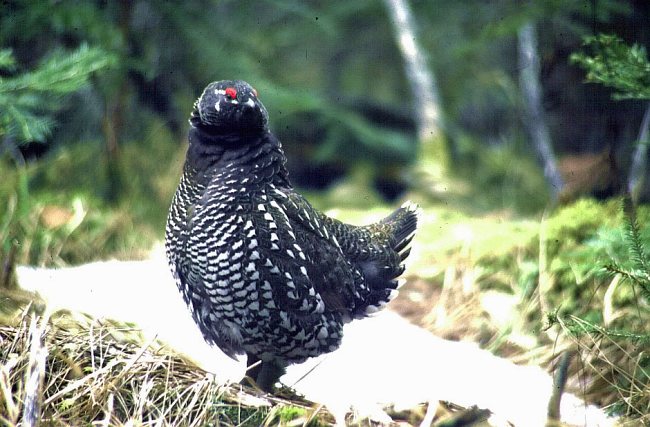
The Siberian grouse is a medium-sized grouse, It is very similar to the North American spruce grouse, to which it is closely related. The Siberian grouse mostly occurs in forests of spruce, fir, larch and pine. Its range is far eastern Russia, and a small population formerly inhabited the far northeast of China, where they are probably now extinct.
Siberian grouse is classified as Globally Near Threatened by Birdlife International due to loss of habitat caused by increased exploitation of forests and forest fires. Conservation efforts are essential to reduce the risk to this species.
It is scientifically known as Falcipennis falcipennis.
Pacific Loon
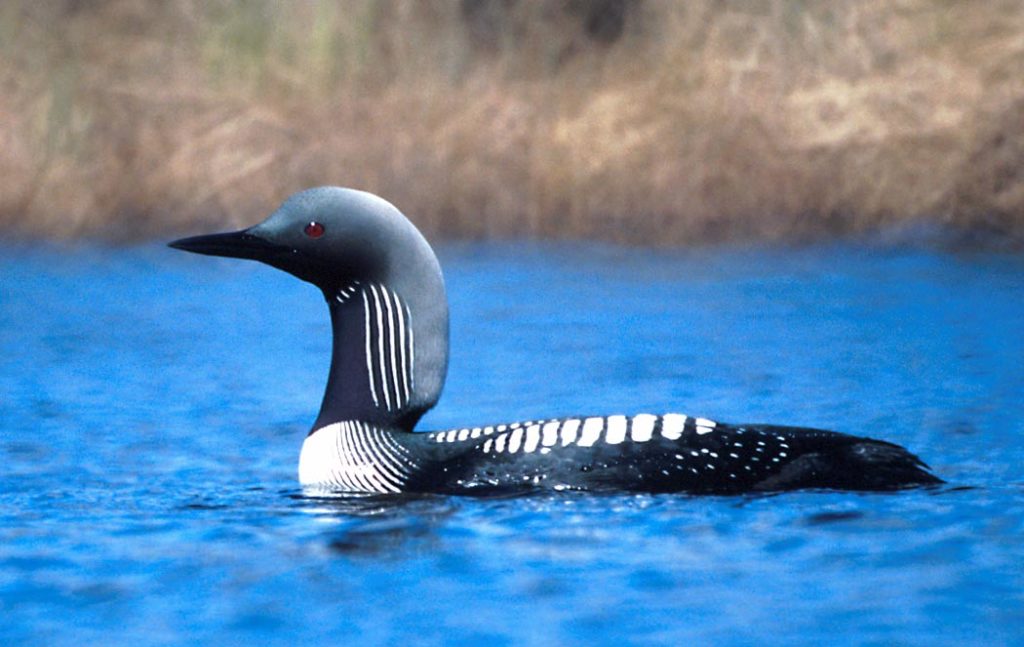
The Pacific loon breeds on tundra lakes, and winters in the open ocean or other large bodies of water. It breeds primarily in northern Canada and eastern Siberia, and winters along the Pacific coast of North America.
Unlike other loons/divers, this bird may migrate in flocks. It winters at sea, mainly on the Pacific coast, or on large lakes over a much wider range, including China, Japan, North Korea, South Korea, United States and Mexico. It has occurred as a vagrant to Greenland, Hong Kong, Great Britain, Spain, Finland and Switzerland (Dec 2015)
The genus name Gavia comes from the Latin for “sea mew”, as used by ancient Roman naturalist Pliny the Elder. The specific epithet pacifica is Latin for the Pacific Ocean, the term meaning “peaceful”
Middle Spotted Woodpecker
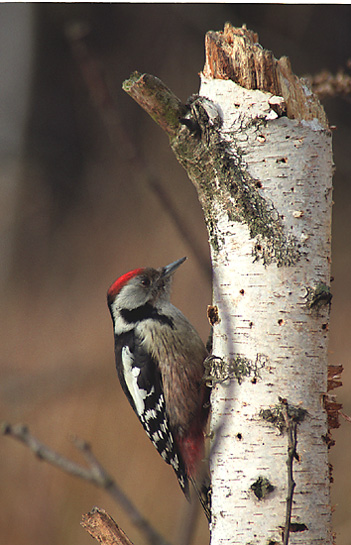
The middle spotted woodpecker occurs only in Europe and southwest Asia, from northern Spain and France east to Poland and Ukraine, and south to central Italy (were local), the Balkan Peninsula, Lithuania, Latvia, Turkey, the Caucasus, and Iran. This species used to breed in Sweden but became extirpated in the ’80s. However, middle spotted woodpeckers have been seen in Sweden inappropriate breeding habitats after the extirpation. Due to its sedentary nature, it has never been recorded in Great Britain. It prefers deciduous forest regions, especially areas with old oak, hornbeam and elm, and a patchwork of clearings, pasture and dense woodland.
Behaviourally it likes to feed high in the trees, moving constantly and making a good view difficult. In the breeding season, it excavates a nest hole about 5 cm wide in a decaying tree trunk or thick branch. It lays four to seven eggs and incubates for 11–14 days.
Watercock
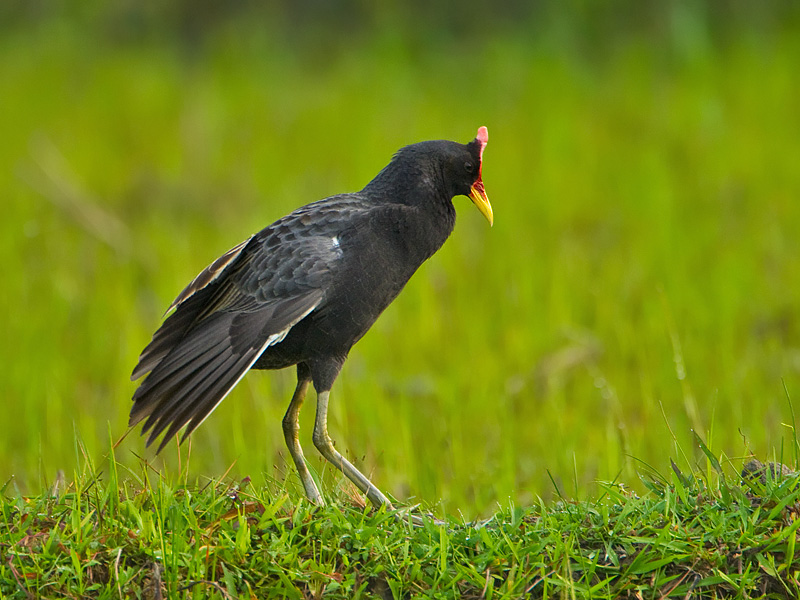
The watercock, scientifically known as Gallicrex cinerea, is a water bird from the family of Rallidae and the only member to the Genus Gallicrex. Its habitat is found in South Asia across eight countries in their swampy regions where they build up their nests on the dry areas and lay up to six eggs. Their body is adapted to enable their passage through the reeds and undergrowth with its laterally flat body, short tail, and long nails. The males are larger and bigger than the females with males weighing 0.65 kg and a body length of 17 inches while the females weigh 0.43 kg with a body length of 14 inches. Their diet is composed of insects, small fish, and sometimes seeds.
